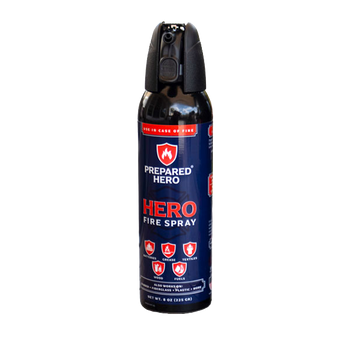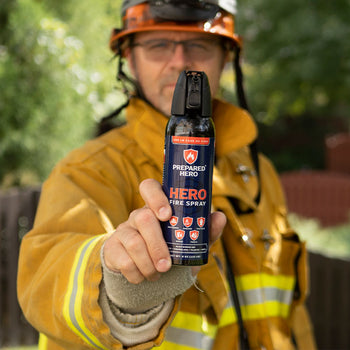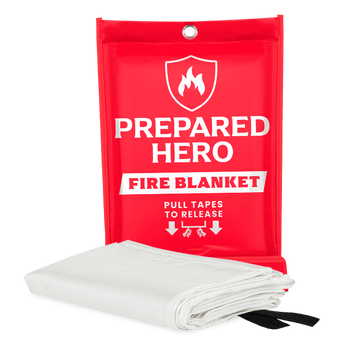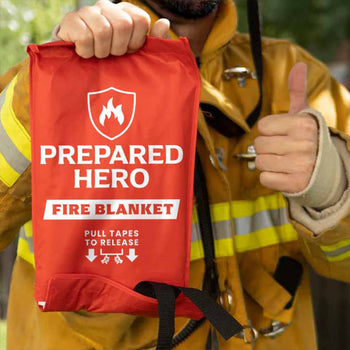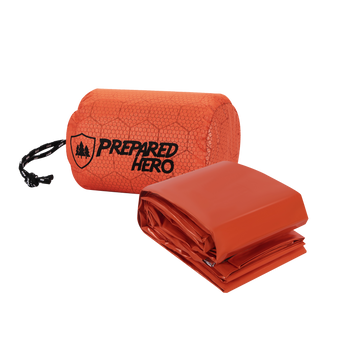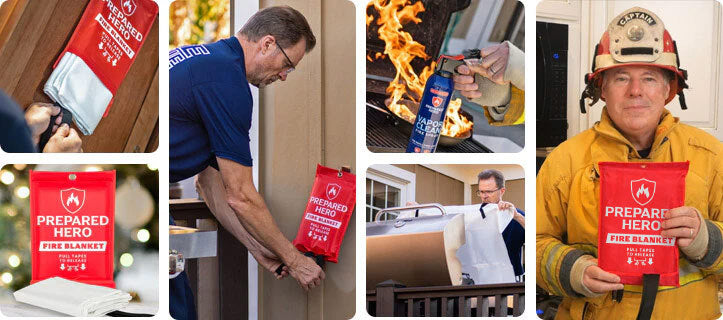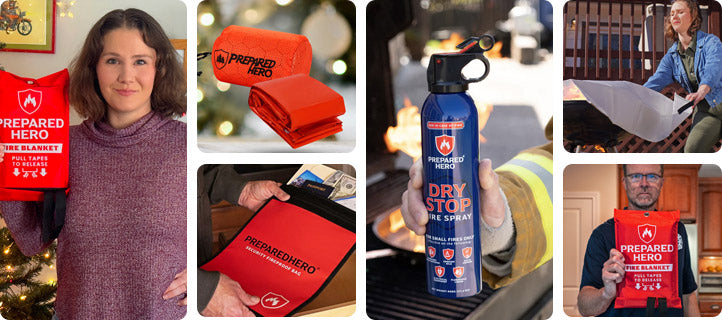Many types of fire can be put out with water, but there's one you should keep away from water: grease...
A flashover, also known as rapid fire progress (RFP), is one of the most dangerous types of fire.
According to the National Fire Protection Association, flashovers and explosions are the second leading cause of fatal injuries to firefighters in the US. Plus, the rate of flashovers in modern houses is eight times faster than 50 years ago.
Given this, you should understand how flashovers occur, how to spot one, and how to get out safely.
What Is a Flashover?

A flashover occurs when everything in a room ignites. It's like cooking popcorn: a few kernels gradually pop, but almost all of them burst open at the same time.
When a flashover occurs, the fire quickly escalates instead of burning slowly. In other words, the small flame becomes a roaring inferno.
In particular, a flashover occurs when most of the exposed materials in a room heat up to their autoignition temperature and produce flammable gases. For ordinary combustibles, a flashover usually occurs at 500°C (932°F) to 590°C (1,100 °F).
Let's take a burning bed as an example to illustrate a flashover. The burning bed emits hot smoke, which spreads across the ceiling. The hot, buoyant smoke then grows because the bedroom walls bound it. The radiated heat from this layer heats the combustible materials in the bedroom, causing them to produce flammable gases. When the temperature of the gases becomes hot enough, things ignite.
Components of a Flashover

Like the fire triangle needs fuel, heat, and oxygen, a flashover needs components, too. Here are the components of a flashover:
Fuel
This refers to everything that can burn in a room. Think about your plush carpet, important files, and cozy bed. The more items there are, the bigger the flashover can be.
Room Geometry
Heating a small room and a basketball court with the same amount of fire results in different scenarios. A small room will heat up much faster, especially if it doesn't have windows or vents.
High Temperature
Fire loves to go upwards, which sends hot gases to the ceiling. As these games heat the room, combustible materials produce flammable gases. Once everything reaches 500°C (932°F) to 590°C (1,100 °F), with a tiny spark and hot air present, a flashover occurs.
How to Spot a Flashover: Warning Signs

If you ever find yourself near a fire, look out for these flashover warning signs:
Rolling Smoke
Thick smoke comes down from the ceiling, which fills the room from bottom to top.
Scorching Heat
A sudden rise in temperature means an escalating fire and potential flashover. Imagine opening an oven door heated up at least a hundred times.
Changing Flame Colors
Blue or clear flames turning to orange or yellow indicate a potential flashover.
Dark Windows
Dark or smoke-stained windows indicate that the fire has produced significant smoke, which can result in a flashover.
Rolled-Over Flames
Flames that have rolled along your ceiling indicate that the gases are about to reach their ignition temperature.
Cracking Sounds
Popping or thumping sounds indicate a coming explosion associated with a flashover.
Getting Out Safely
Evacuate your house immediately if you see any of the signs above. Fires that are about to become flashovers shouldn't be challenged. Prioritize your safety, get out quickly, and let the professionals handle the fire.


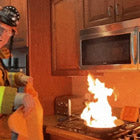 Fire
Fire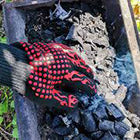 Safety
Safety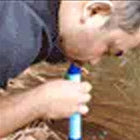 Survival
Survival Protection
Protection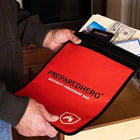 New
New
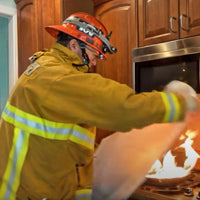 Fire
Fire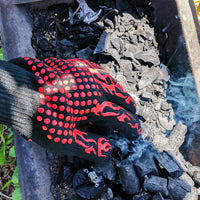 Safety
Safety Survival
Survival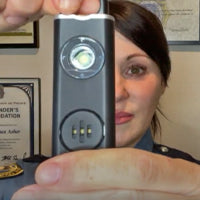 Protection
Protection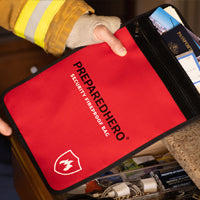 New
New